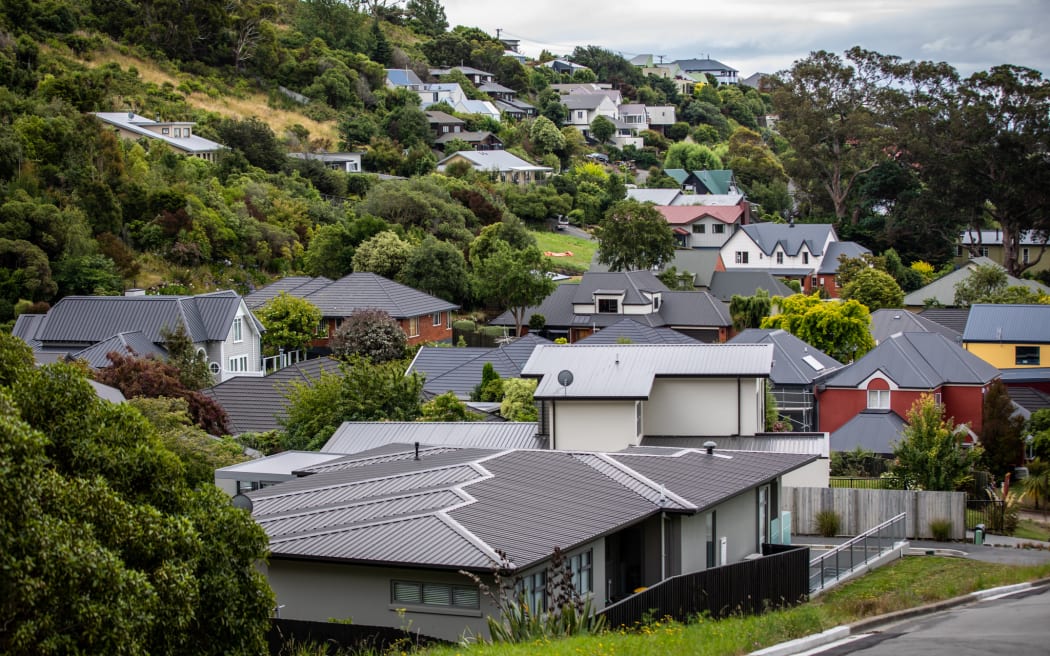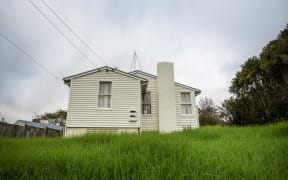
The CPAG says six out of every seven households receiving a benefit in 2021 cannot afford their rented homes and a basic standard of living. (File photo.) Photo: RNZ / Nathan Mckinnon
The number of affordable houses available for renters is shrinking as the population rises, new research shows.
The Child Poverty Action Group (CPAG) commissioned the survey which showed the overall stock of affordable rental housing decreased between one and five percent since 2018, whereas the population grew by eight percent.
Unlike current research, where affordability was measured by rents less than 30 percent of a household's income, the new research looked in detail at whether a household's income was sufficient to cover costs.
Researcher Greg Waite said it was a worrying situation.
"You can't foresee a future where it gets better," Waite said.
"More and more people can't afford to get out of renting and into home ownership," he said.
"Our home ownership rate just keeps declining ... so we really need new policies."
Aotearoa is last in the OECD's rental affordability rankings but the population is growing faster than the supply of affordable rental homes.
The CPAG said six out of every seven households receiving a benefit in 2021 could not afford their rented homes and a basic standard of living.
In June 2021, singles and couples receiving the jobseeker benefit faced the largest weekly income shortfall at 37 percent and 36 percent of income respectively, with couple parents on the jobseeker benefit close behind with a weekly shortfall of 33 percent.
The CPAG said these households needed large increases in support payments ($157, $240 and $323 respectively) to afford the basic standard of living recommended by the 2019 Welfare Expert Advisory Group, whose 42 recommendations to overhaul the welfare system have largely been ignored by the government.
CPAG's research found the national stock of private rental homes grew by six percent but the total affordable stock at the benefit, low income and median income benchmarks changed by -3.5 percent, 1.4 percent and 1.6 percent. Population growth across the same period was 8 percent.
Waite said there was a rise in shared and inter-generational housing, people were working longer hours and families were getting smaller because of high rents.
To create enough new affordable rental homes to make a difference, there needed to be an expanded public debate and a new commitment to state funding and partnerships with communities and iwi, he said.
"Our current market-driven policies are steadily moving us towards a more difficult future where more and more families will be forced to adjust to unaffordable renting throughout their working lives and into retirement."
The government has introduced a number of measures to help first-home buyers in recent years, including First Home Loans and First Home Grants.





